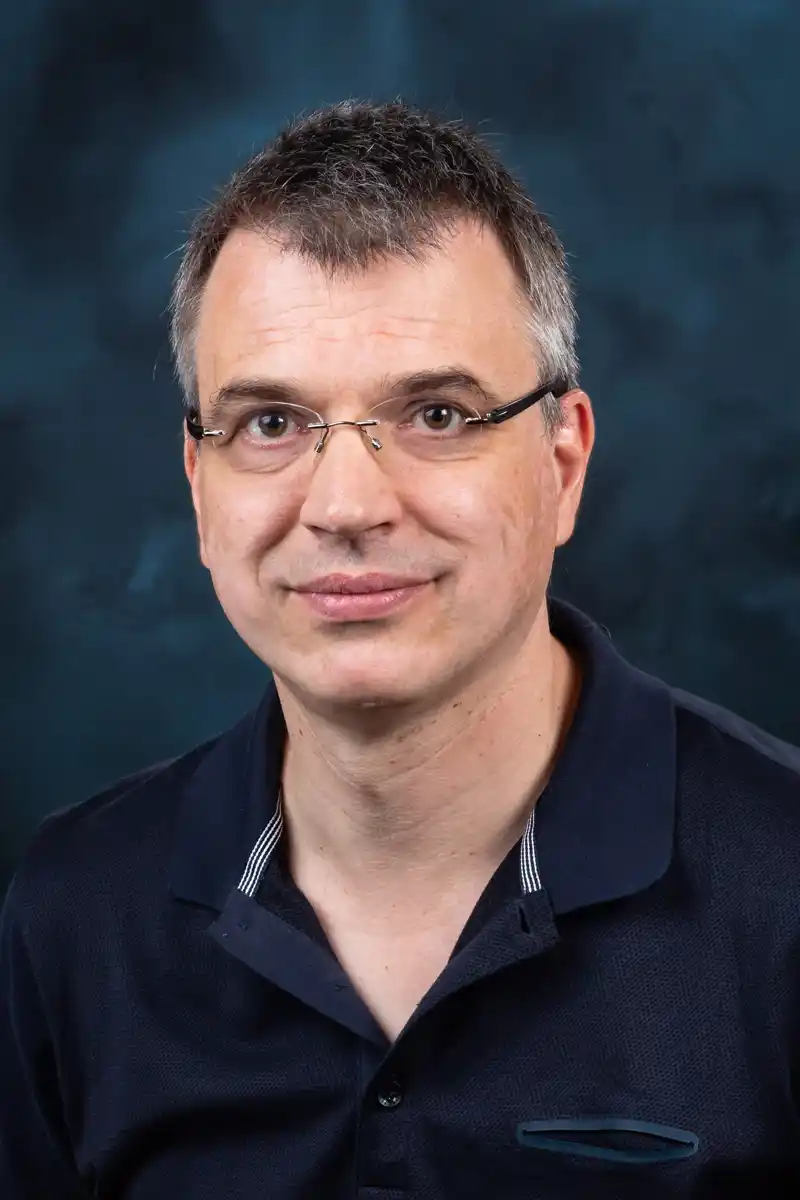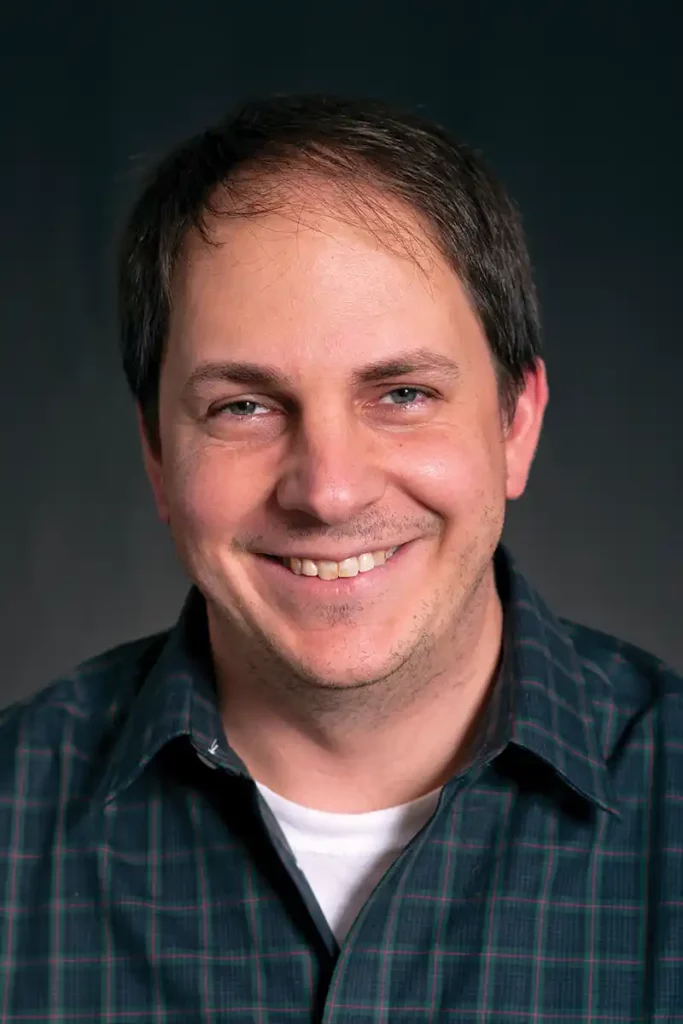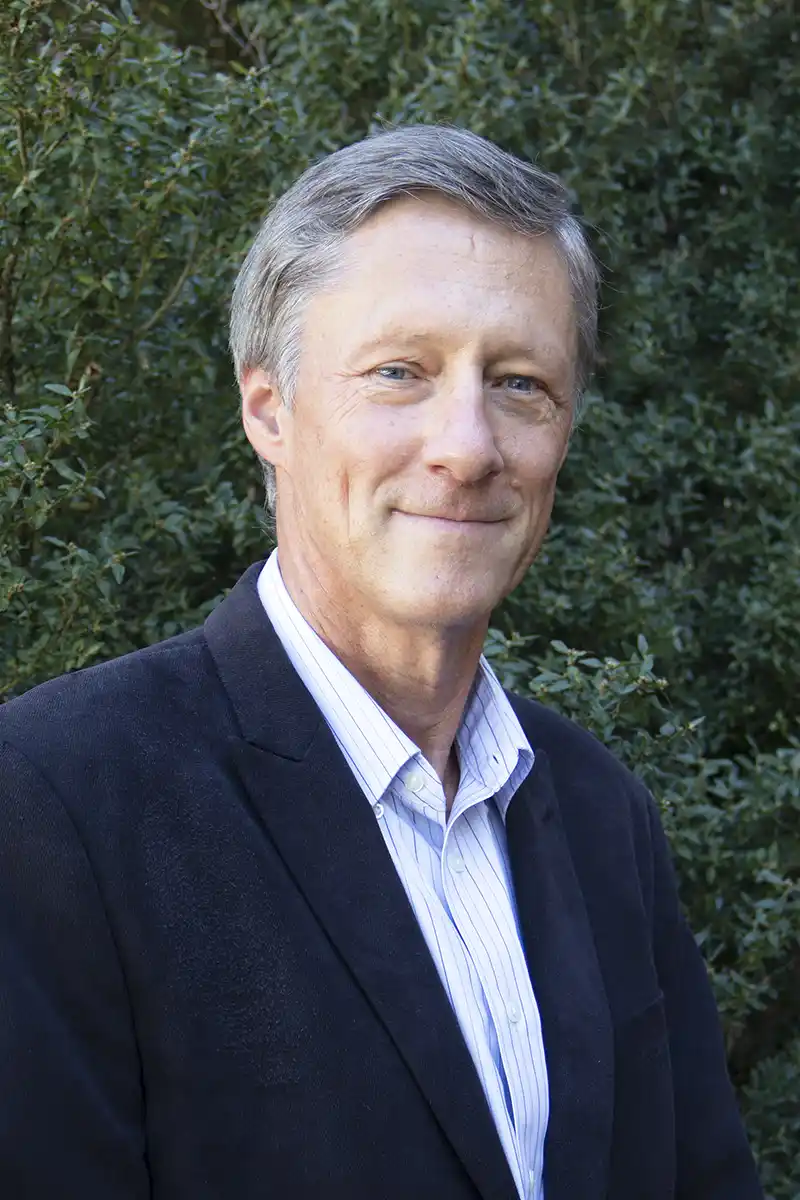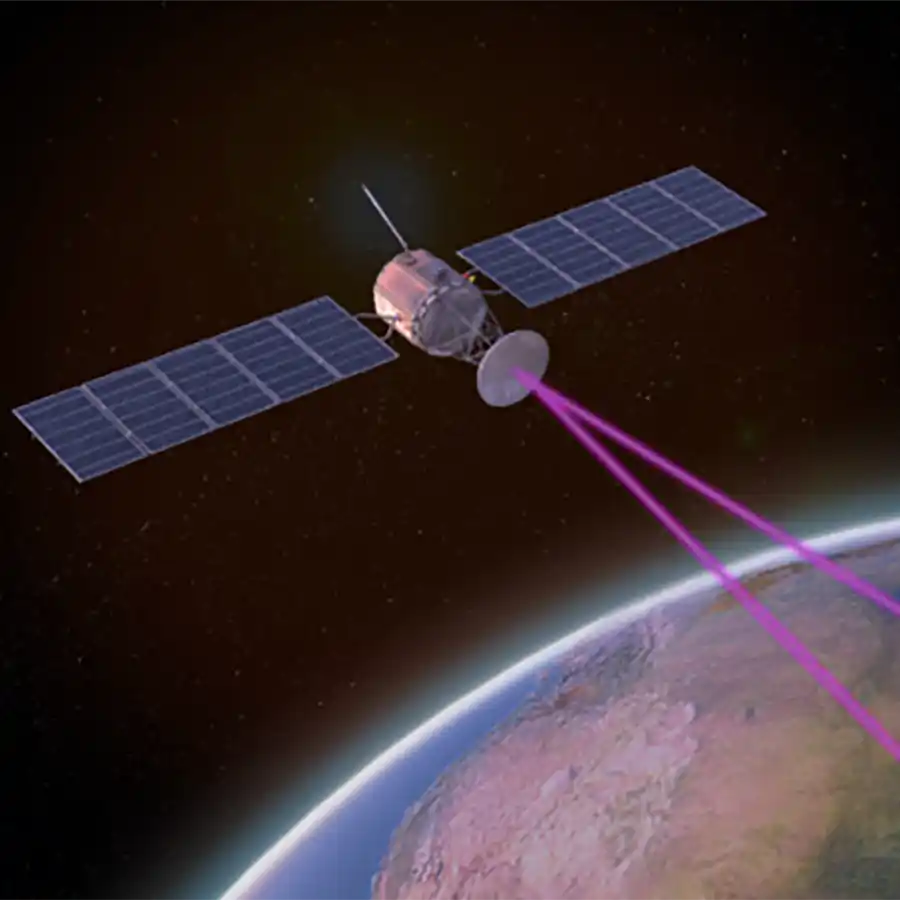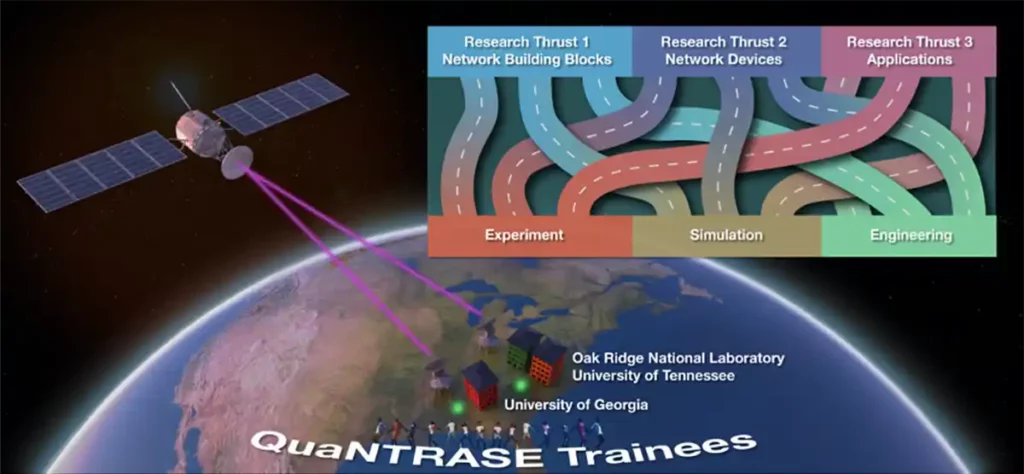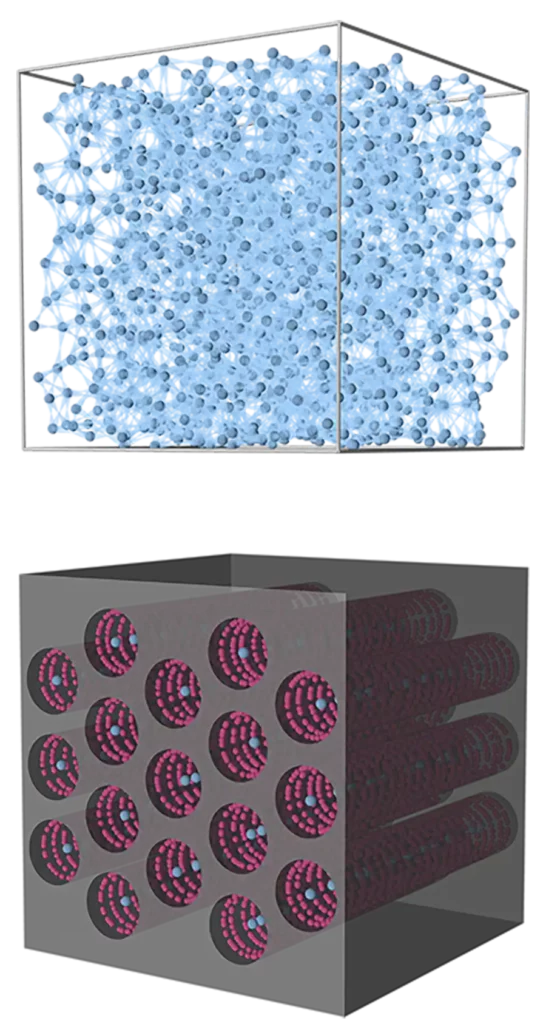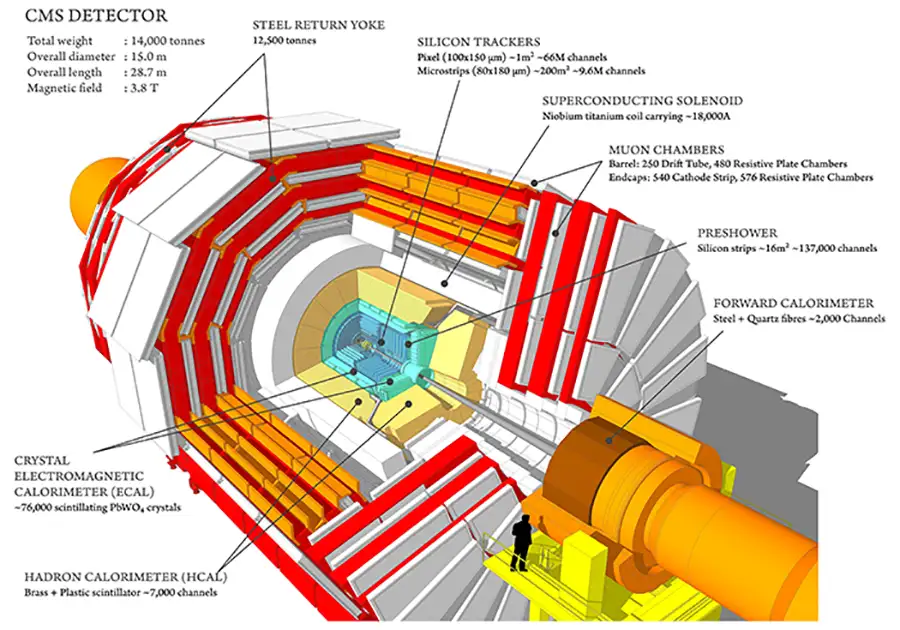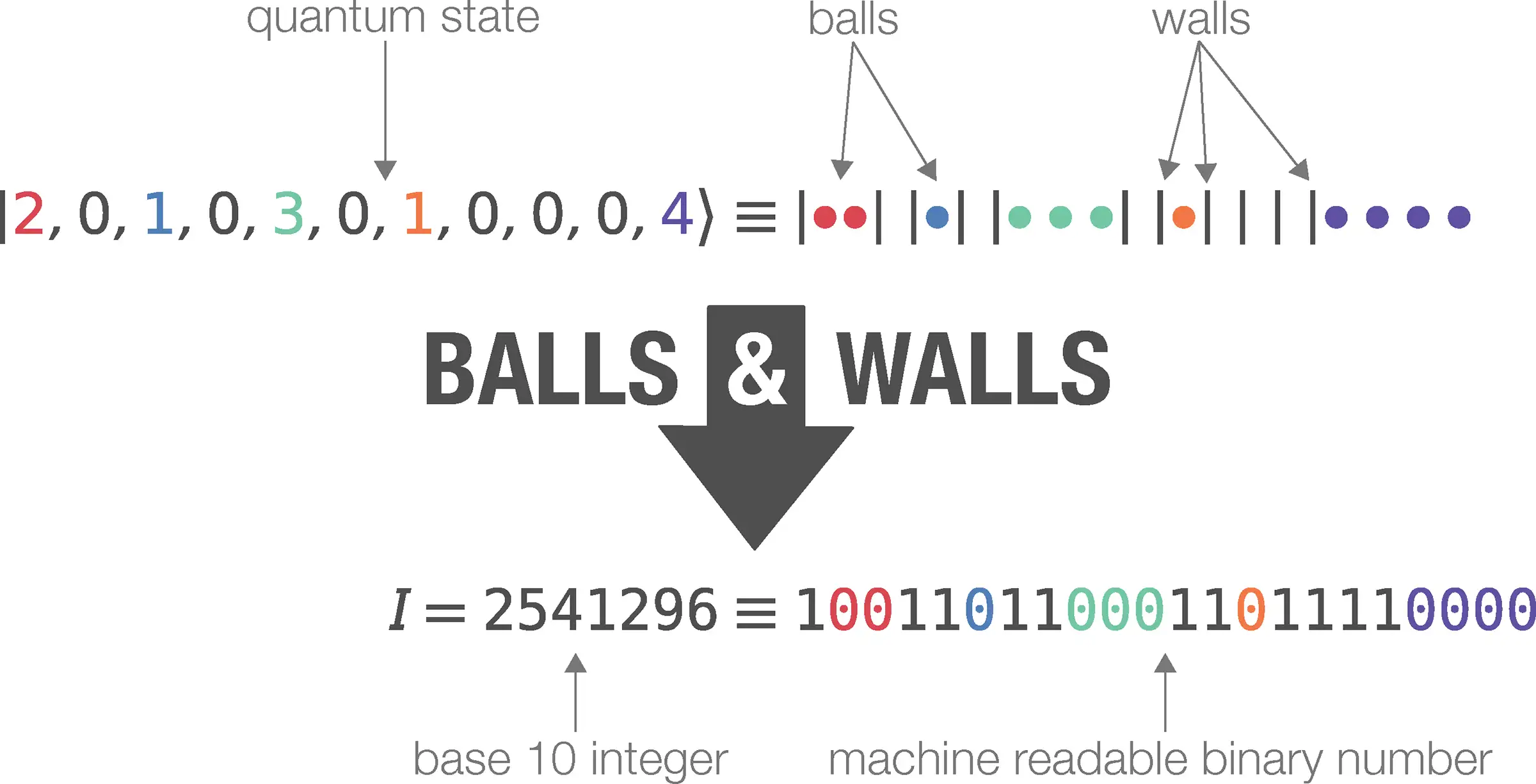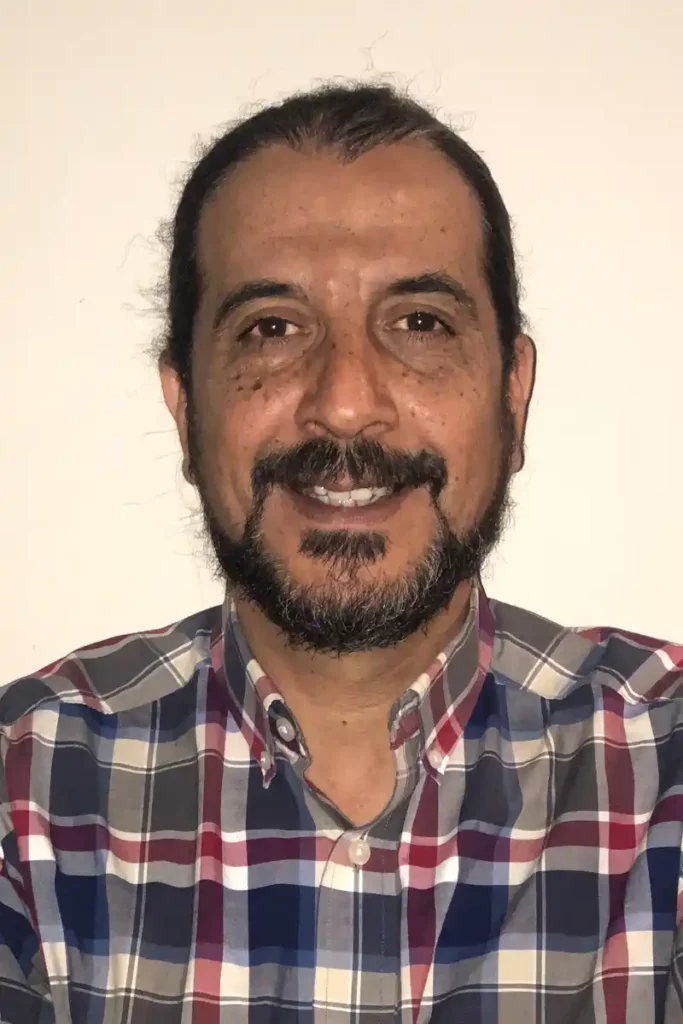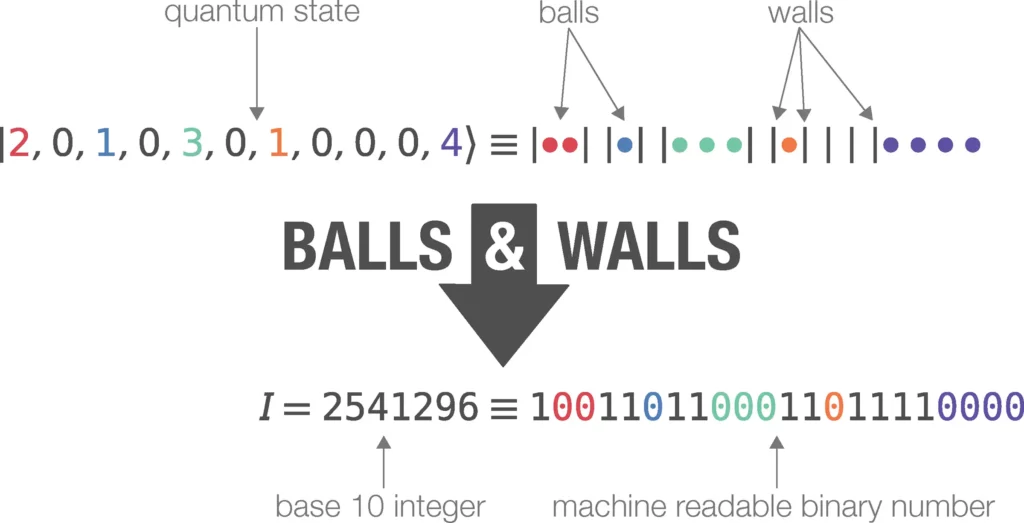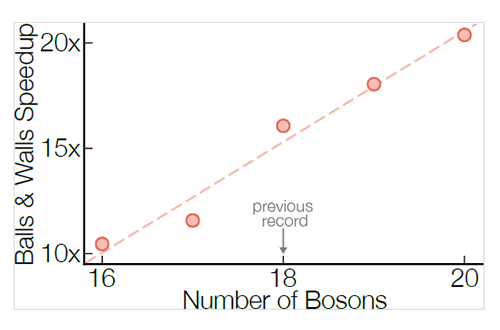Getting Under the (Neutron) Skin

Every atomic nucleus, miniscule or massive, is governed by a basic law of nature: the strong force holding it together. The more we know about the complex workings of nuclei the better we understand different kinds of matter, including elements produced in cosmic collisions (like the gold in our jewelry boxes). In Nature Physics, UT’s physicists and their colleagues at Chalmers University of Technology present a groundbreaking model to calculate the properties of a lead nucleus with a method that can be used across the nuclear landscape—all the way to neutron stars.
The Story of Stars in a Single Nucleus
Scientists use computational models to get the most complete picture of a nucleus. Heavier nuclei typically don’t fit well in those models. They may be unstable and fall apart quickly. They might have so many protons and neutrons that it’s difficult to keep track of all the interactions between them. Nuclei with lots of neutrons present a particular challenge. The new approach turns that obstacle into an asset.
When neutrons outnumber protons, equal numbers of each gather in the nucleus’s center while the surplus neutrons collect on its surface, forming a skin. Lead (Pb-208) is a good example. With 126 neutrons and 82 protons, it’s a heavy (yet stable) nucleus covered in a neutron skin. This outer layer is sensitive to the strong force, which holds its protons and neutrons together.
Professor Thomas Papenbrock described how he and his colleagues connected this single, simple nucleus to massive neutron stars, a teaspoon of which would weigh 4 billion tons on Earth.
Combining advanced methods, statistical tools, and computational modeling, they were able to calculate the neutron skin in lead. This informs scientists about the “nuclear equation of state,” which describes matter under various conditions like pressure, volume, or temperature. That equation in turn links neutron skin thickness to the structure and size of neutron stars. Further, the model can be adapted across the nuclear landscape to predict properties of other heavy nuclei that have eluded models in the past.
The work also shows that a heavy nucleus can be computed with tools theorists routinely use: Hamiltonians (functions that describe a dynamic system) rooted in the theory describing the strong force (quantum chromodynamics, or QCD). These tools have well-understood parameters that help quantify uncertainties, making predictions more precise.
The Physics in Your Jewelry Box
Papenbrock outlined multiple reasons why understanding nuclear structure and properties is important. First, there’s understanding the complexity arising from the strong force, one of nature’s four basic interactions (along with the weak, electromagnetic, and gravitational forces).
“Second,” he said, “is understanding the production of elements in the early universe and in stellar processes such as neutron-star mergers and supernovae explosions.”
(Helium and hydrogen were born in the early seconds of our universe, while gold and platinum trace their beginnings to merging neutron stars.)
“This require us to understand very neutron-rich nuclei that cannot all be produced and studied in laboratories,” Papenbrock said. “So, we have to compute them.”
Understanding the nucleus not only helps us understand what happened eons ago or what goes on in far-away objects. It also helps scientists shape future discoveries.
“Searches for physics beyond the Standard Model of elementary particles almost all involve hypothetical reactions of such particles with or inside atomic nuclei,” he explained.

James Bond and Nuclear Physics
Papenbrock pursues nuclear studies through a joint faculty appointment with Oak Ridge National Laboratory. He worked with ORNL’s Zhonghao Sun (former UT postdoc) and Gaute Hagen (an adjunct professor with UT Physics) to calculate lead’s neutron skin, a feat made possible by ORNL’s Summit supercomputer.
“Computing has been a game changer over the last two-to-three decades,” Papenbrock said. “Moore’s law states that computing power doubles roughly every 16 months. Our phones can do things today that seemed science fiction (or James Bond) just a few decades ago.
“This has forced nuclear physicists to collaborate with computer scientists to really use all these technologies,” he continued. “We had to make so many changes to our codes over the years to adapt to this evolution of computing.”
Using collaborative strengths and computing power for nuclear physics is familiar territory for Papenbrock and Hagen. They’re part of the NUCLEI (the NUclear Computational Low Energy Initiative) collaboration that recently won $13 million in funding through SciDAC, the U.S. Department of Energy’s Scientific Discovery Through Advanced Computing program (part of the Office of Science). Papenbrock became the group’s principal investigator this year.
Comprising five national laboratories and seven universities, NUCLEI aims to advance the computations of atomic nuclei and processes. The Nature Physics paper was a result of the collaboration’s research, earning a News and Views article in the journal for its significance. This work, the review explains, “has allowed practitioners to reach for the stars.”

